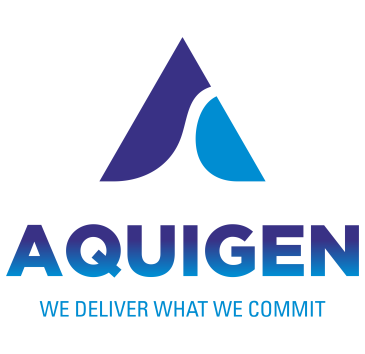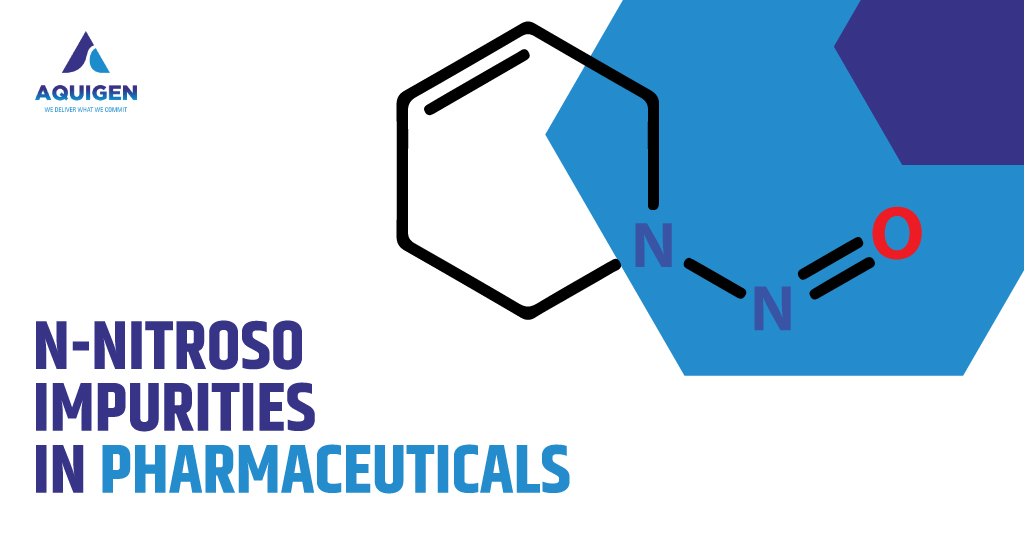In recent years, N-Nitroso impurities have surfaced as a significant concern within the pharmaceutical industry, necessitating rigorous scrutiny and robust regulatory frameworks. These impurities are nitrosamine compounds, which can be generated during drug synthesis, formulation, or storage, posing potential health risks, including carcinogenicity. Consequently, global regulatory agencies have issued stringent guidelines to monitor and control the levels of these impurities in pharmaceutical products.
Understanding the origins, detection methods, and regulatory landscape of N-Nitroso impurities is critical for pharmaceutical manufacturers striving to ensure the safety and efficacy of their products. This blog delves into the complexities of managing these impurities, exploring the various regulatory guidelines, the analytical techniques for their detection, and the preventive measures that manufacturers must adopt.
Understanding N-Nitroso Impurities
What are N-Nitroso Impurities?
N-Nitroso compounds are a class of genotoxic chemicals recognized for their potential to induce cancer in humans. These impurities can form during the manufacturing process of drugs, especially when nitrogen-containing compounds interact with nitrosating agents under specific conditions. Common sources include contaminated raw materials, degradation of active pharmaceutical ingredients, and interactions during formulation processes.
Health Risks Associated with N-Nitroso Impurities
The presence of N-Nitroso impurities in pharmaceuticals is a growing concern due to their potential health risks. Studies have shown that even trace amounts of these chemicals can be harmful, necessitating stringent limits on their presence in drugs. Prolonged exposure to N-Nitroso compounds has been linked to several types of cancer, including colorectal, gastric, and esophageal cancers.
Regulatory Landscape for N-Nitroso Impurities
Global regulatory agencies like the FDA, the European Medicines Agency (EMA), and Health Canada have established guidelines for monitoring and controlling N-Nitroso impurities in pharmaceuticals. These guidelines are designed to ensure consumer safety by setting acceptable intake limits and outlining risk assessment protocols.
FDA Guidelines
In 2020, the U.S. Food and Drug Administration (FDA) issued guidance documents detailing the recommended limits for N-Nitroso impurities in human drugs. The FDA’s action levels for these impurities are based on established acceptable intake levels, typically set at a part per billion (ppb) range.
EMA Guidelines
The European Medicines Agency (EMA) has also imposed rigorous regulatory requirements for controlling N-Nitroso impurities. The EMA’s guidelines involve a step-by-step approach to risk assessment, starting with identifying potential sources of these impurities, followed by thorough analytical testing and implementing corrective actions as necessary.
Health Canada’s Approach
Health Canada follows a similar regulatory framework, emphasizing pre-emptive risk assessments and continuous monitoring. Their guidelines require pharmaceutical manufacturers to identify and quantify N-Nitroso impurities during the drug development phase, ensuring that these levels remain within permissible limits throughout the product’s lifecycle.
Preventive Measures and Best Practices
Quality by Design (QbD) Approaches
Implementing Quality by Design (QbD) approaches can effectively mitigate the risk of N-Nitroso impurities in pharmaceutical products. QbD involves a thorough understanding of the manufacturing process, identifying critical control points, and establishing robust control strategies to prevent impurity formation.
Good Manufacturing Practices (GMP)
Adhering to stringent Good Manufacturing Practices (GMP) is essential for minimizing the risk of N-Nitroso impurities. This includes using high-quality raw materials, implementing rigorous cleaning procedures, and ensuring proper storage conditions to prevent contamination.
Regulatory Compliance and Continuous Monitoring
Pharmaceutical manufacturers must stay abreast of the latest regulatory guidelines and ensure compliance at all stages of the drug development process. This involves continuous monitoring for N-Nitroso impurities, performing regular risk assessments, and promptly addressing any deviations from established limits.
Aquigen Bio Sciences: Your Trusted Partner for N-Nitroso Impurity Regulatory Compliance
Navigating the complexities of N-Nitroso impurities requires specialized knowledge and expertise. As a trusted partner in Pune, India, Aquigen Bio Sciences offers comprehensive solutions for managing these impurities. Our state-of-the-art analytical services and robust quality control measures ensure that your pharmaceutical products meet the highest standards of safety and efficacy.
Our team of experts is dedicated to helping you identify, quantify, and control N-Nitroso impurities, leveraging advanced technologies and industry best practices. Whether you need support with regulatory compliance, risk assessment, or analytical testing, Aquigen Bio Sciences is your go-to partner for all your N-Nitroso impurity needs. Choose us as your trusted N-Nitroso Impurity testing partner in Pune, India, and ensure the highest quality for your pharmaceutical products. Get in touch today!



Comments are closed.